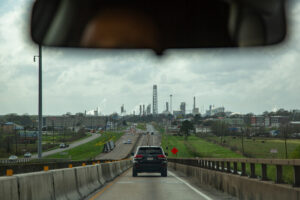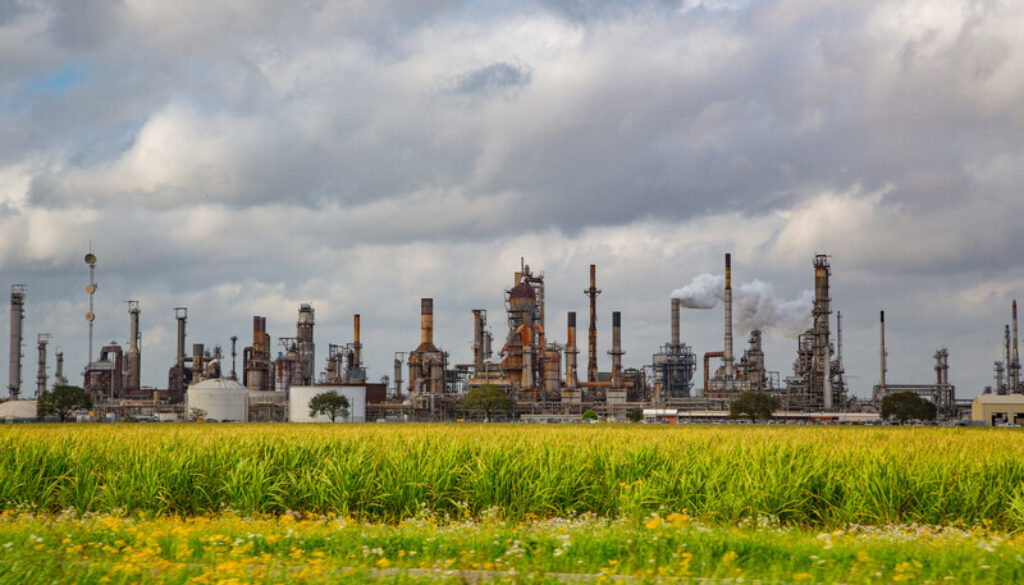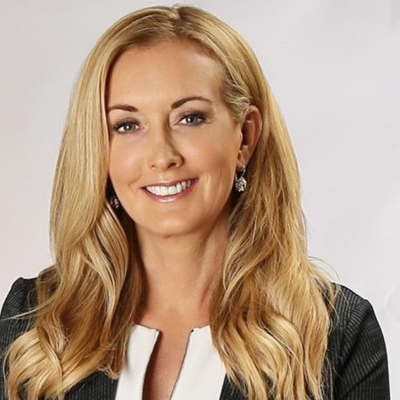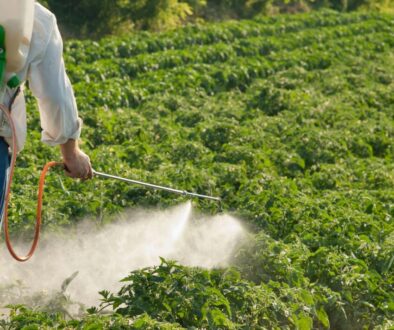In “crucial step”, EPA finalizes rule to reduce cancerous chemical plant emissions
More than 200 US chemical plants face new requirements that should slash toxic air pollution and reduce cancer risks for hundreds of thousands of people living near the facilities, officials said on Tuesday.
The action formalizes a hotly debated proposal by the Environmental Protection Agency (EPA) to cut out over 6,000 tons of toxic air pollution annually. The agency is taking specific aim at emissions of chloroprene, used to make synthetic rubber, and ethylene oxide (EtO), which is associated with the production of plastic bottles, antifreeze and polyester clothing, and also is widely used for sterilization of medical equipment.
Most of the impact would be seen in plants in Texas and Louisiana, as well as in the Ohio River Valley, in communities that have become notorious for high rates of cancer. People living near a chloroprene plant in St. John the Baptist Parish, Louisiana, face a cancer risk 50 times higher than the national average, for instance. The community has been dubbed “Cancer Alley.”
“This final rule delivers on EPA’s commitment to protecting public health for all, especially communities historically overburdened by pollution,” EPA Administrator Michael Regan said in a press conference.
An EPA analysis shows that once the final rule is implemented, “no one will again face elevated cancer risks from EtO or chloroprene emissions from the equipment and processes covered by this rule,” Regan said. He said agency actions would cut the cancer risk for people living near the plants by 96%.
The move is part of a “government-wide commitment to ending cancer as we know it,” he said.

Among other measures, plants will be required to monitor emissions of EtO and chloroprene, as well as four other “air toxics” at their fence lines – benzene, 1,3-butadiene, ethylene dichloride and vinyl chloride. The EPA will make the monitoring data publicly available, according to Regan. Plant operators must identify and repair the source of the pollution if annual average air concentrations of the chemicals are higher than a specified level. A total of 218 plants are impacted, he said.
The EPA said it received tens of thousands of comments about the rule before it was finalized, and made some changes to the final rule in response, including allowing plant operators additional time to implement fenceline monitoring. The agency also removed a requirement for flare caps after determining they were not actually needed, the agency said.
The new rule is a “crucial step” forward, according to Patrice Simms, a vice president with the nonprofit environmental law group Earthjustice, which had sued the EPA on behalf of impacted communities who charged the agency was failing to protect them from harmful air toxins.
“We are at a pivotal moment in the journey toward environmental justice,” Simms said in the EPA press conference. “This is a moment when we must make clear through our actions that we won’t stand by while some communities are poisoned by toxic chemicals.
“This is about whether a child gets leukemia, whether a mother develops breast cancer, it’s about neurological impairment, respiratory disease, heart attacks and stroke,” Simms said. “In a very real sense, for many, this is a question of life and death.”
Exposure to ethylene oxide has long been known to be associated with health problems. The cancers most frequently associated with exposure to the chemical are lymphoma and leukemia, though stomach and breast cancers are also linked, according to the National Cancer Institute.
EtO has also been linked to nerve damage, spontaneous abortion, muscle weakness, and impaired thinking and memory.
As part of its effort to rein in emissions of EtO, last month, the EPA finalized a rule strengthening regulations for commercial sterilization facilities using the chemical.
(Featured photo is by Alejandro Dávila Fragoso/Earthjustice of the Shell Convent refinery in St. James Parish, Louisiana.)




